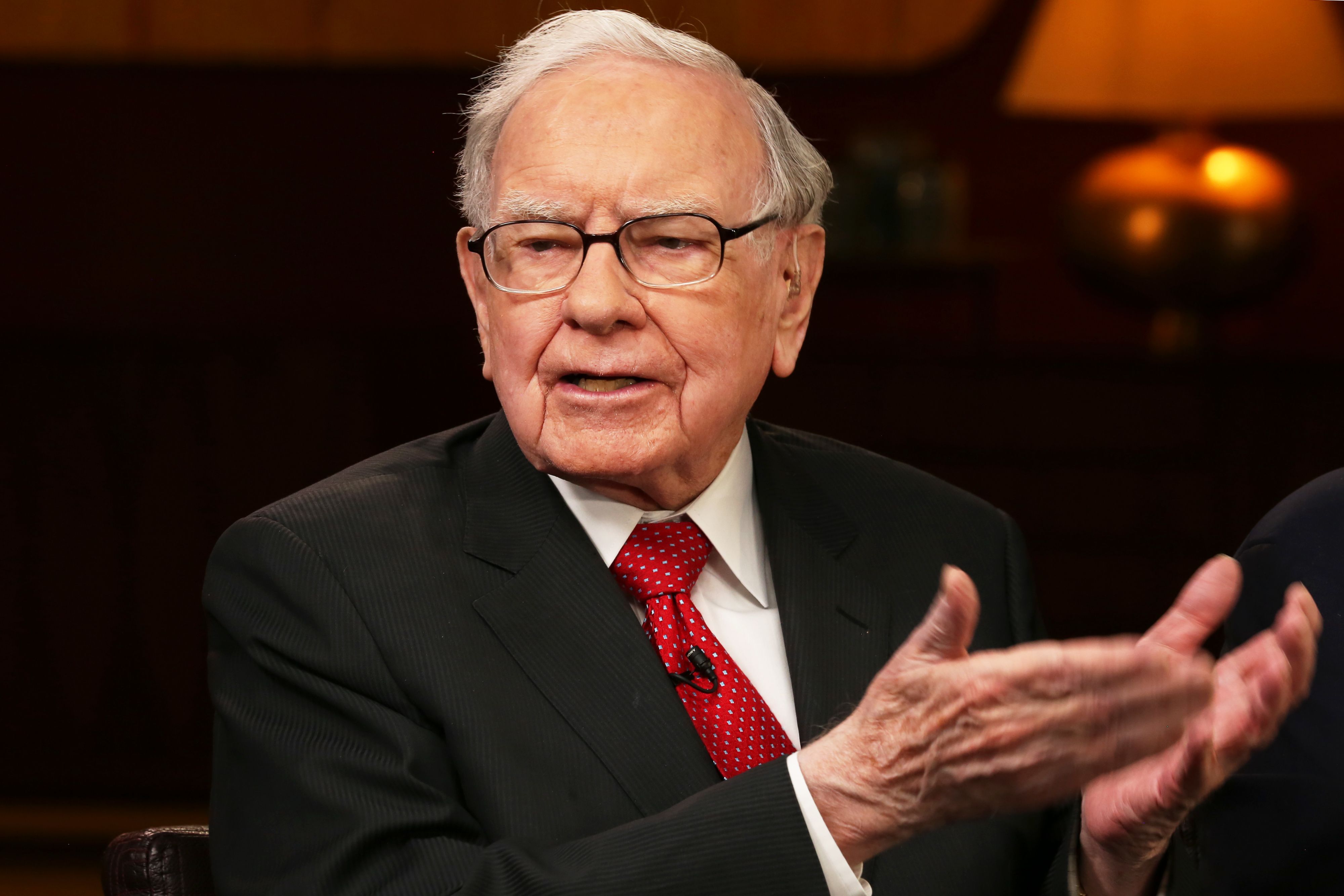BUSINESS NEWS
a guide on preferred stock
[ad_1]
Warren Buffett
Gerard Miller | CNBC
Billionaire Warren Buffett is a master when it comes to investing.
The Berkshire Hathaway CEO is famous for buying and holding stock — and not giving in to the volatility of the market.
He’s also well-known for taking big stakes in companies, such as the $900 million worth of shares he has in Amazon.
His latest play: a $10 billion investment to back Occidental Petroleum’s bid for Anadarko Petroleum. Berkshire Hathaway will make the investment by purchasing 100,000 shares of preferred stock, which pays out an 8% annual dividend.
Preferred shares are different from common stock, the one most people are familiar with. Both are equity in a company, but preferred stock typically pays a higher dividend. And that may be attractive in this current low-interest rate environment.
“Think of it as a hybrid security,” said certified financial planner Colin Gerrety, client advisor at Glassman Wealth Services.
“It has some aspects similar to ordinary common stock,” he added. “It also has some aspects of it that are more similar to a bond.”
Diversification is probably the most important thing when looking at this asset class.
Marguerita Cheng
CEO of Blue Ocean Global Wealth
So when is it a good idea to follow in Buffett’s footsteps and invest in a preferred stock?
“If you have some extra capital, you have a long-time horizon and it’s consistent with your investment objective, this may be something that you may want to consider,” said Marguerita Cheng, a CFP and the CEO of Blue Ocean Global Wealth.
But don’t just wade in before figuring out if it is the right move for you. Here are some advantages and drawbacks of investing in preferred stocks.
Earning income
If you want to get higher and more consistent dividends, then a preferred stock investment may be a good addition to your portfolio.
While it tends to pay a higher dividend rate than the bond market and common stocks, it falls in the middle in terms of risk, Gerrety said.
“The dividend of a preferred stock tends to be safer than a common stock dividend but it is not as safe as investing in a traditional bond,” he explained.
For example, Wells Fargo’s dividend yield on its common stock is 3.92% and it offers several preferred stock options that range from a 7.5% yield to a 5.125% yield. Sempra Energy’s common stock has a dividend yield of 2.96%. It also issues a mandatory convertible preferred stock with a current yield of 6.19%. The convertible feature is an option for the shareholder to exchange their shares for common stock at a predetermined conversion rate.
It’s also important to know that dividends aren’t guaranteed — they are paid out of company earnings, just like a common stock dividend.
However, there are several different kinds of preferred stocks, and that could matter when it comes to collecting any dividends the company missed.
Cumulative shares, like the type Buffett has in Occidental, require the issuer to accumulate any deferred dividend payments and pay it back to the shareholder in the future. In this case, the preferred stockholders have priority over common shareholders in receiving their back payment.
If a company issues non-cumulative stock, on the other hand, it’s not required to pay missed dividends. But because of the higher risk involved, these shares tend to have higher yields than cumulative shares.
Interest rate sensitivity
The main risk of investing in preferred stock is that the assets are, like bonds, sensitive to changes in interest rates. There’s an inverse relationship between interest rates and the price of not only fixed income securities but also hybrids such as preferred stocks.
If interest rates rise, that makes preferred stocks on market less attractive, so they tend to sell at lower prices
Colin Gerrety
client advisor at Glassman Wealth Services
“If interest rates rise, that makes preferred stocks on market less attractive, so they tend to sell at lower prices,” said Gerrety.
The company can also call back the preferred stock whenever it chooses, based on the provisions in the prospectus, he pointed out.
That means if interest rates are falling, the issuer has the right to call the stock back. It can then issue new shares with a lower dividend.
Voting rights
Preferred stockholders don’t have voting rights, so they don’t have a voice when it comes to things like electing a board of directors.
Common stockholders, on the other hand, do have voting rights.
Taxes
There is a tax benefit for preferred stock investors, since dividends are often taxed at qualified dividend rates.
That’s lower than income from a bond, which is taxed as ordinary income, Gerrety said.
Other risks
Investors also should take a close look at the market for preferred stocks, which is a lot smaller than that of common stocks and therefore not as liquid, Gerrety said. As of Thursday, the size of the preferred stock market was $272 billion, according to the S&P Dow Jones Indices.
It is also has a higher concentration of financial companies, which took a big hit during the 2008 financial crisis. That’s because most sectors, except for utilities, don’t generally issue as many preferred stocks.
More from Personal Finance:
How to keep your investments safe in a trade war
This tactic can help ease financial stress for couples
3 steps to determine whether you’ve earned the right to invest
In fact, the S&P U.S. Preferred Stock Index has 71% of its holdings in the sector, as of April 30. While the S&P 500 aims to have sector diversity, the U.S. Preferred Stock Index is made up of any stocks that meet its eligibility requirements — and so that results in the heavy weighting in financial stocks.
“Investors may be looking at the yield and thinking that it’s a good way to earn some steady income and in the absence of any shocks in the system, that may be the case,” he said. “But it’s more risky than investing in traditional safe bonds.”
The bottom line
“Diversification is probably the most important thing when looking at this asset class,” said Cheng.
To get that diversification, you can look at exchange-traded funds or mutual funds, which will give you a basket of preferred stocks, such as the iShares U.S. Preferred Stock ETF .
Also, start out small when dipping into the market and “make sure you are buying things you understand,” said Cheng.
Above all, don’t forget to think about your broader investment portfolio, Gerrety said.
Investors “have to keep in mind what their overarching goals are,” Most of the time, preferred stocks shouldn’t make up a significant chunk of that,” he said.
“Most of investors’ risk and return investments can be achieved through traditional stock and bond asset classes.”
[ad_2]
Source link









